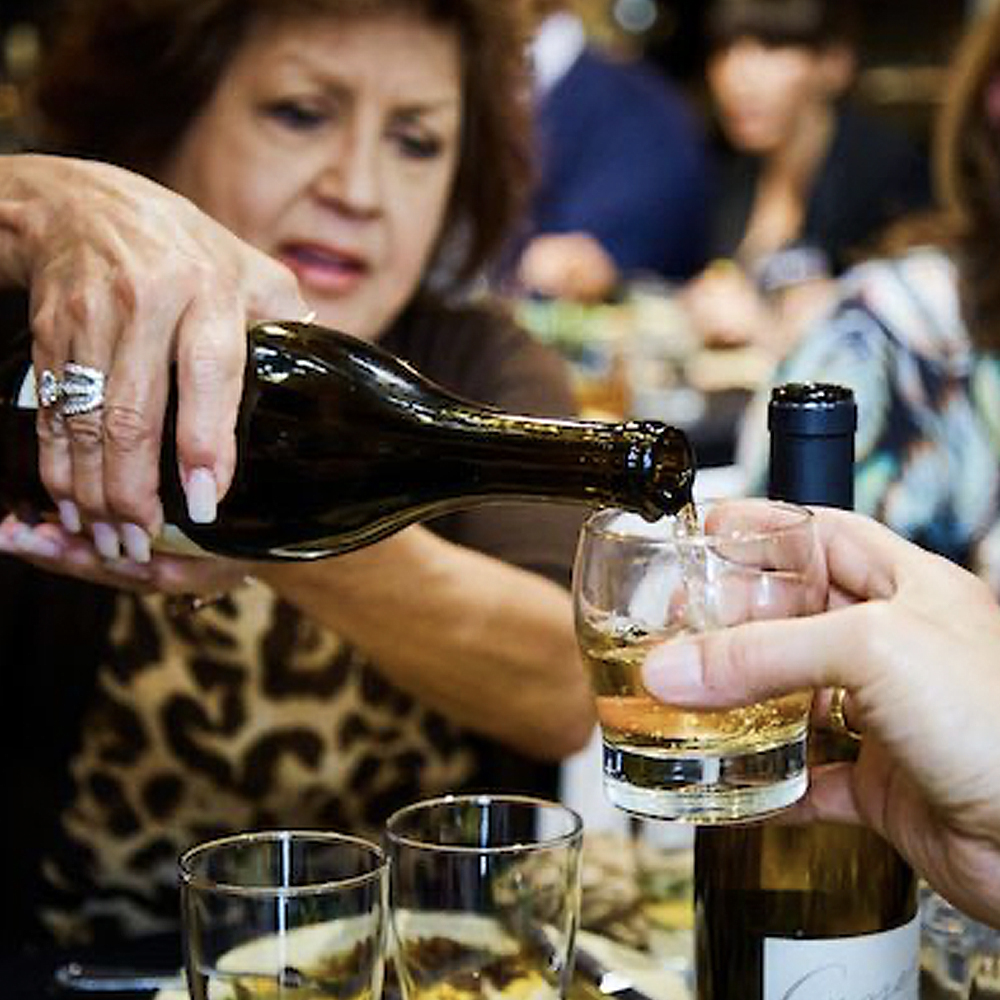Livermore Winery Partners With Bronco to Go National
Livermore Valley is one of the oldest wine growing regions in California, going back 130+ years. It has a colorful history of pioneering winemakers that have helped shaped the wine industry throughout the United States.
History
Robert Livermore planted the first commercial vines in the 1840’s. As early as 1889, Livermore went on to win America’s first International Gold Medal for wine at the Paris Exposition. It was a big deal, Charles Wentmore won the grand prize, putting California wines on the world map.
Pioneers C.H. Wente, James Concannon and Charles Wentmore are heralded for discovering the grape growing potential of the Livermore Valley and founded their wineries in the early part of the 1880’s.
With all its rich history and prominence, Livermore Valley never garnered the same reputation as other wine growing regions in California. The Livermore Valley shifted from grape vines and farmland to housing developments, office complexes and strip malls.
Today times are changing and the region is enjoying a wine renaissance of sorts. New winemakers are attracted to the soils, climate and terroir. The Livermore Valley now has more than 50 wineries varying in size and production. There is a new surge of tasting rooms that offer activities, events and festivals.
The story of the Livermore Valley is just being discovered, which makes it a very exciting place to be. As winemaker Steven Kent Mirassou says, “The Livermore Valley wine community is just now figuring out what our capabilities are, what grows best, how we make better wine each year, and how we communicate our story to the larger world.”
Viticultural Influences
Livermore’s influence on California wines is deep and far-reaching. Livermore Valley is known for bringing grape varietals from France, Germany, Italy and Spain. Charles Wentmore was one on the first pioneers to find similarities between the terroir of the Livermore Valley and that of Bordeaux. Charles Wentmore planted cuttings of Sauvignon Blanc and Semillon from Château d’Yquem.
Carl H. Wente is recognized as the pioneer of California Chardonnay. Wente released the nations first bottling with the varietal name Chardonnay on the label. The Wente family is most noted for bringing the Chardonnay clone to California in 1912 from Montpellier University in France. The clone was planted in what is now a heritage vineyard, along with cuttings from the historical Gier Vineyards in Pleasanton, CA. California is renowned for its Chardonnay and today the majority of Californian Chardonnay is produced with the Wente Clone 4 or other Wente Chardonnay Clones.
Janes Connanon is most notable for Cabernet Sauvignon and Petite Sirah. Concannon Cabernet Clones 7, 8, and 11 are the most widely planted Cabernet Sauvignon clones in the country. Today 80% of California’s Cabernet Sauvignon can be traced to a Concannon Clone.
Terroir
Thirty miles east of San Francisco lies the The Livermore Valley. It is 25 miles long and 18 miles wide, with 259,000 acres, of which 4000 are planted to grape vines. The soils are well-drained and composed of loam, sand and gravel.
Due to its close proximity to the Pacific Ocean the valley is directly impacted by the cool air from the Ocean. The coastal fog and marine breeze come in from the Pacific Ocean and the San Francisco Bay and cool the valley’s warm air, resulting in warm days and cool nights, ideal conditions for producing fully ripened, balanced fruit.
Livermore Valley Winemakers
I had the opportunity to meet five inspiring and trailblazing winemakers from the Livermore Valley over a media lunch in New York City. It was a wonderful, jovial, and interactive lunch that showcased the wines, the stories, the depth, the camaraderie, and sense of community within the Livermore Wine region. Several of the winemakers have deep roots in the Livermore Valley while a few were new to the region, but all were deeply devoted to winemaking in the Livermore Valley.




